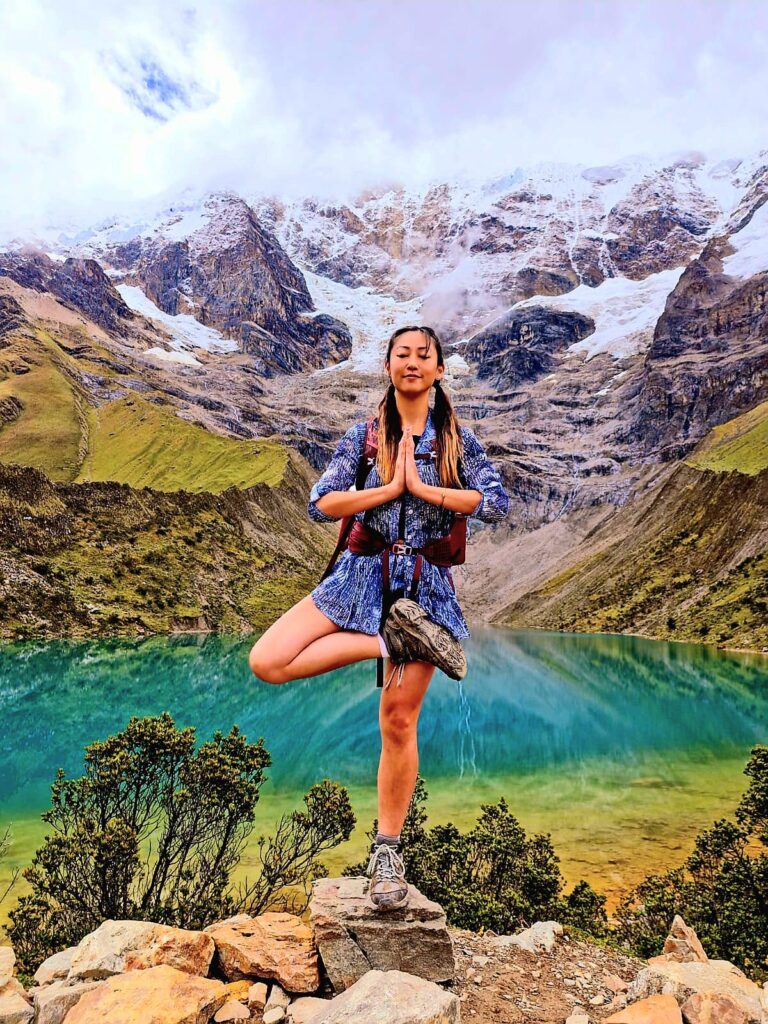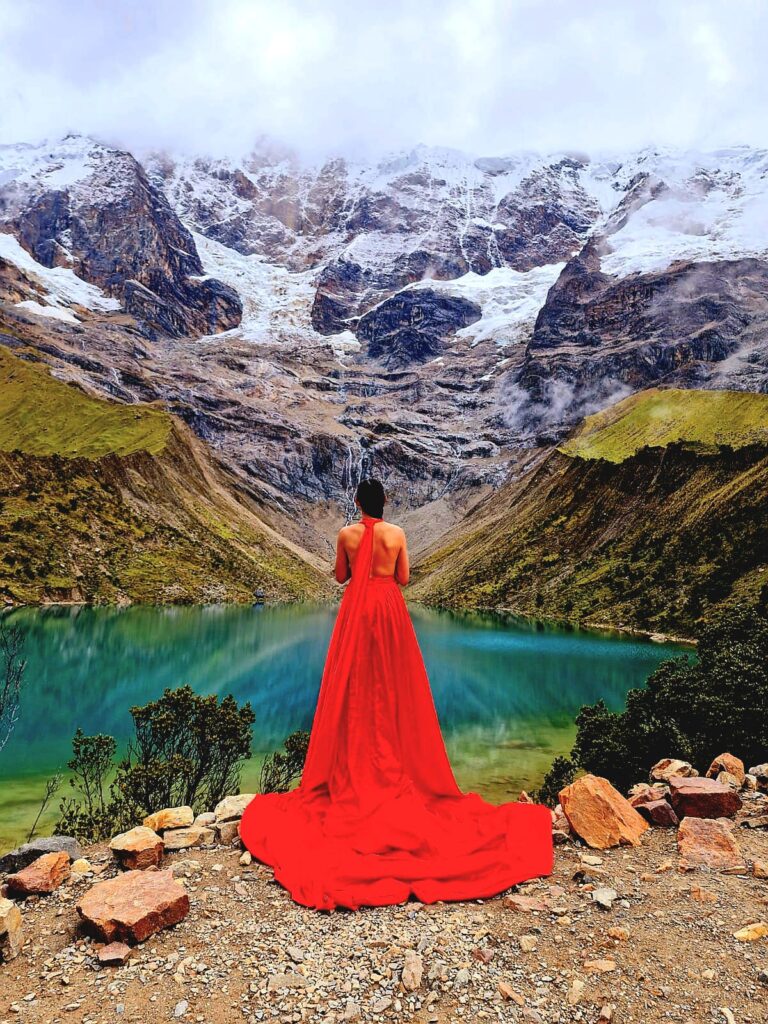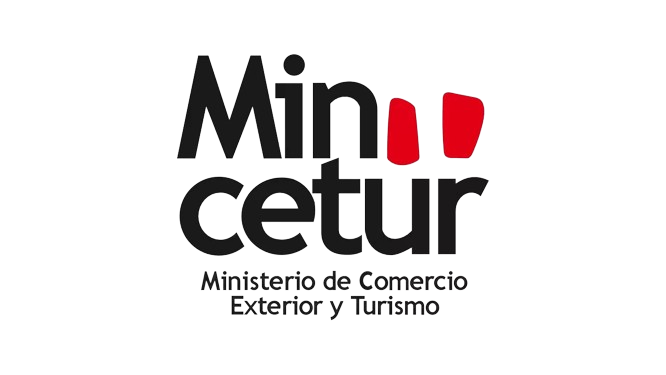SALKANTAY
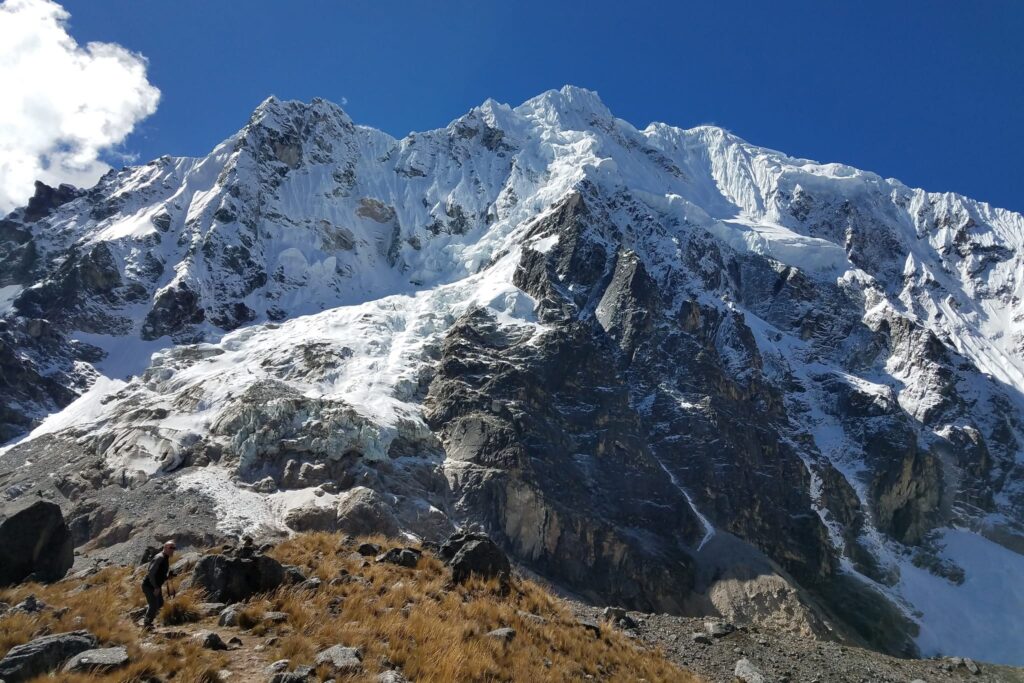
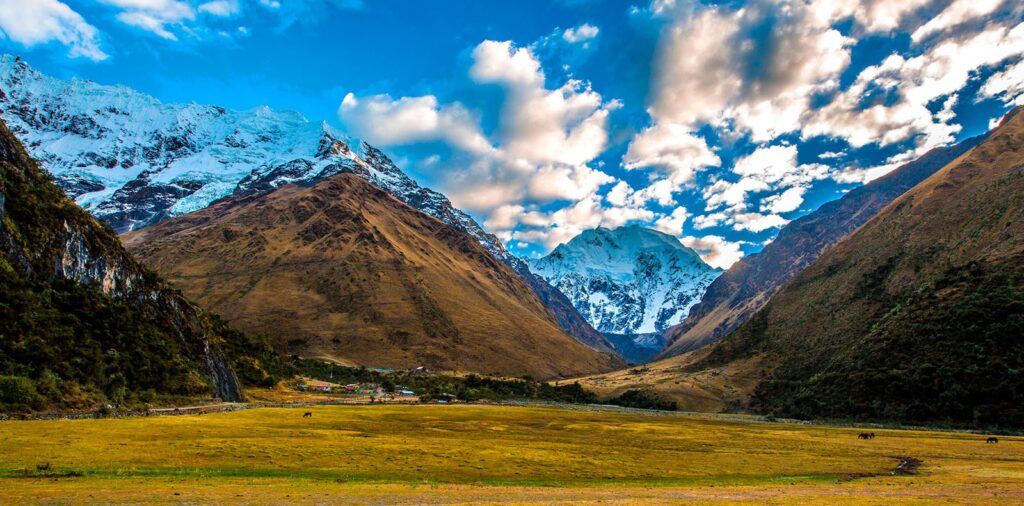
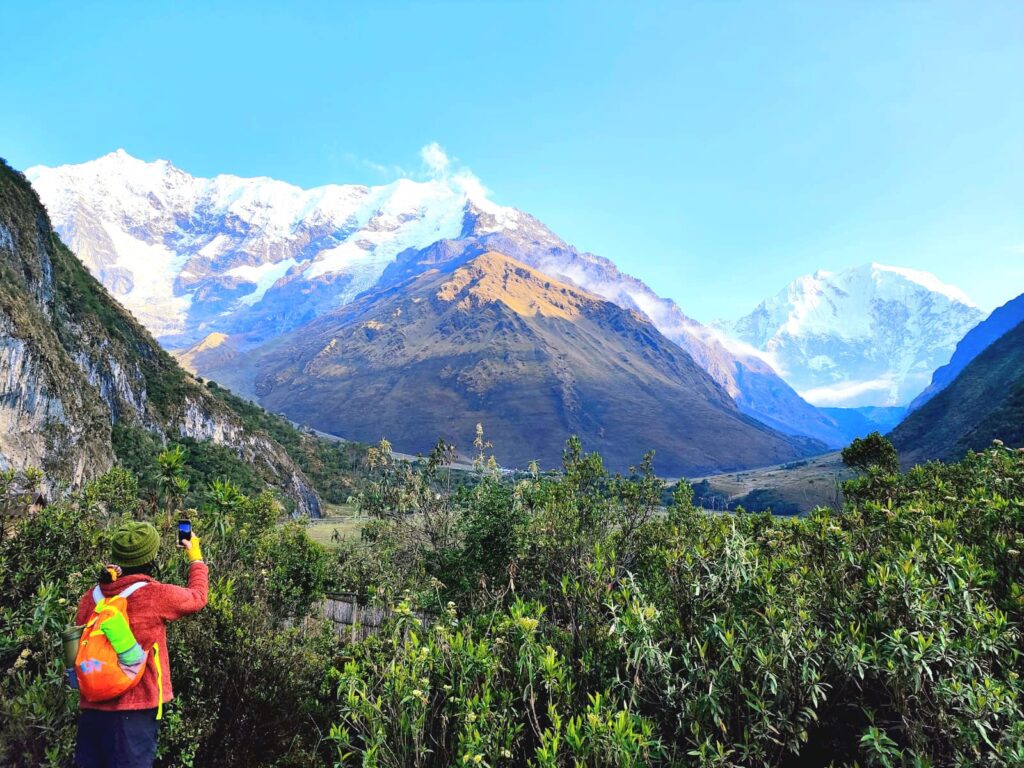
Salkantay is the second highest mountain in Cusco, after Ausangate. It belongs to the mountain range known as the Cordillera de Vilcabamba, in southern Peru. Since the time of the Incas, it is one of the most venerated gods in this part of the Andes. Today, it is part of the 5 days and 4 nights tourist route that links the city of Cuzco with the Inca city of Machu Picchu. Because this route crosses the pass of this snow-capped mountain, it was called ‘Salkantay’.
What is the Salkantay?
The Salkantay is a snowy mountain in Cusco, which was worshipped by the Incas, to the point that in its vicinity, they built important temples such as Choquequirao and Machu Picchu. It belongs to the so-called ‘Cordillera de Vilcabamba’. Today, this mountain is still worshipped by the Andean people who still keep many of the beliefs of their Inca ancestors. There is a 5-day, 4-night trek to Machu Picchu, which is known as the ‘Salkantay trek’, as part of the trail crosses the pass of this snow-capped mountain.
Where is it?
The Salkantay mountain belongs to the mountain range of Vilcabamba, in the department of Cusco, in the south of Peru. It belongs to the province of La Convención, district of Santa Teresa.
At what altitude is it located?
The summit of Salkantay is located at 6,264 metres above sea level (20,551 feet). The pass, the highest point where tourists walk to Machupicchu, is located at 4,600 meters above sea level (15,091 feet).
History
Long before the Incas, the Salkantay mountain was worshipped by the peoples and ethnic groups that inhabited its surroundings. According to some chronicles, the territories closest to the mountain were inhabited by the so-called ‘Rimactampus’, who were later conquered by the first Inca, Manco Capac, in the 13th century. The Incas continued to worship this imposing mountain, which they called ‘Apu’, or ‘great lord’. The most common rituals were the so-called ‘pagos a la tierra’, which consisted of offering corn, coca leaves and the blood of auquenidos.
During the colonial period, attempts were made to prohibit mountain worship, which was considered ‘idolatry’ in the eyes of the Spaniards. However, mountain worship was so deeply rooted that the Quechua people still worship the mountains today. The Salkantay, for example, is still worshipped by the people of Cuzco, who consider it one of the most powerful gods. From the highest points of Machu Picchu, Choquequirao and other Inca citadels, the Salkantay and its immense snows can be seen
Salkantay is currently part of a 5-day, 4-night trekking route that ends in Machu Picchu. This route crosses the so-called ‘Abra Salcantay’. Tourists, as well as Andean villagers, leave so-called ‘apachetas’ or offerings made of stone on the top of the mountain. This route is one of the most difficult of the tourist routes leading to Machupicchu. The cold nights near the snow-capped peak are extreme. Even so, many visitors make the trek.

